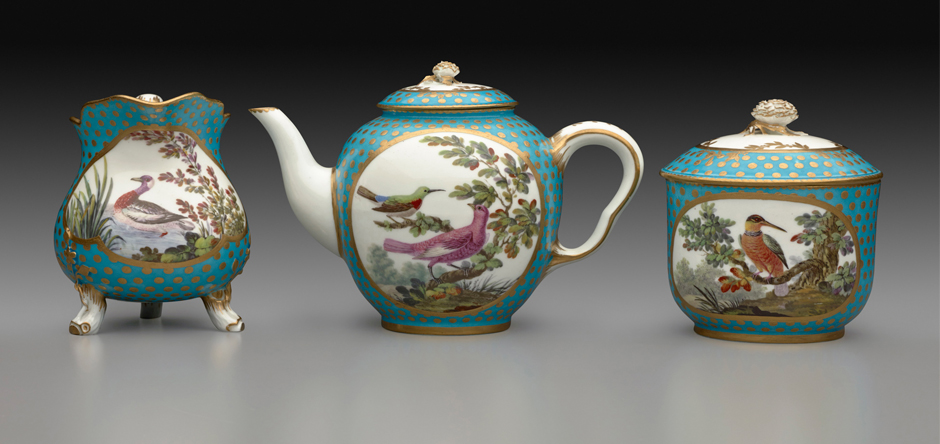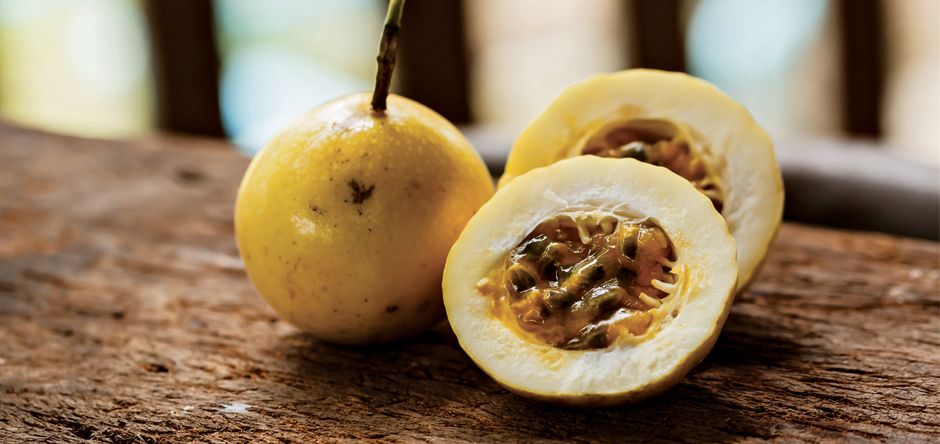Photographs by Michael Bodycomb. Photographs courtesy The Frick Collection.
Fine porcelain has long been a part of many a well-set table.
Those who entertain, after all, want to create a warm welcome for their guests, from the room where they serve that first cocktail to the table where guests might savor an elaborate meal.
And yes, sometimes they might even want to show off, even if just a little bit.
It’s no surprise, then, to hear that when American industrialist Henry Clay Frick was furnishing his new Manhattan home in 1916, his goal was to replicate the grand houses of Europe’s leading collectors. The way they surrounded their important artwork with equally stunning decorative goods was definitely intended to impress, and Frick was determined to do the same.
Guided by art dealer Sir Joseph Duveen, Frick assembled his own breathtaking collection of decorative arts, including many pieces made by Sèvres, the leading 18th-century French porcelain manufacturer. For Frick, though, the pieces served decorative not functional purposes, finding places of honor throughout the mansion that transitioned to a museum in 1935.
Now, those rare and intricately detailed works — including a few rarely displayed pieces along with recent acquisitions — are featured in a jewel box of a show, “From Sèvres to Fifth Avenue: French Porcelain at The Frick Collection,” which continues through April 24, 2016.
It marks the first time in 35 years that the spotlight has been put on the museum’s Sèvres holdings, along the way exploring the company’s effect on both French society of the day and America’s Gilded Age.
The special exhibition indeed impresses, as Ian Wardropper explains in his Letter from the Director in the Frick’s current Members’ Magazine.
“Traditionally, these objects have been shown throughout the house, where they complement paintings by Fragonard and other Rococo artists,” the Mamaroneck resident writes. “For the first time, they can be viewed together in the Portico Gallery, allowing for fresh comparisons and interesting juxtapositions. Seen in natural light with the Fifth Avenue Garden as a backdrop, they are marvelous to behold.”
Wardropper isn’t exaggerating, as a recent afternoon visit to the museum, on East 70th Street (off Fifth Avenue), makes clear.
Walking through the show with Charlotte Vignon, curator of decorative arts at The Frick and organizer of the exhibition, makes for a special introduction.
“I always wanted to take them out of their context, the house context,” Vignon says of the exhibition’s layout.
And here, in distinct display cases within the gallery, the exhibition unfolds.
“It’s small, but it really reflects Frick very well, his taste and what can be done” by a collector with means, she says.
The varied works and accompanying text allow many points of entry, from the history of the porcelain company to the role of French porcelain in the world of design, from the science used to create the works to the decorative elements that reflect trends and tastes of the time.
Vignon touches on it all with ease and assurance, discussing the properties of a vibrant hue called bleu céleste; the realistic depiction of the birds and flowers that decorate the plates, vases and tea service; the gilding techniques; and overall, the incredible artistry of the highly skilled craftsmen.
“You have to really think,” she says. “Painting on porcelain was the most delicate thing. … They were masters of their craft.”
The pieces here, she says, would have been created for an elite audience.
“It’s very much royalty and family, especially aristocracy.”
The work, she adds, was in its day “very, very expensive,” its creation quite “time-consuming.”
“At that period of time only the very few could afford it.”
A vibrant feeling is evoked throughout, no matter the piece that catches the eye, from the dramatic Potpourri Vase “à Vaisseau,” circa 1759, to the deceptively straightforward sugar bowl from 1764 to the circa-1783 Tripod Table, a charming celebration that incorporates gilt bronze and oak with the soft-paste porcelain.
Sèvres, it’s clear, has been a showstopper for centuries.
“The king absolutely used porcelain and the Sèvres porcelain as diplomatic gifts to show how strong the French manufactories were,” Vignon concludes.
And today, we can still see why.
For more, visit frick.org.





